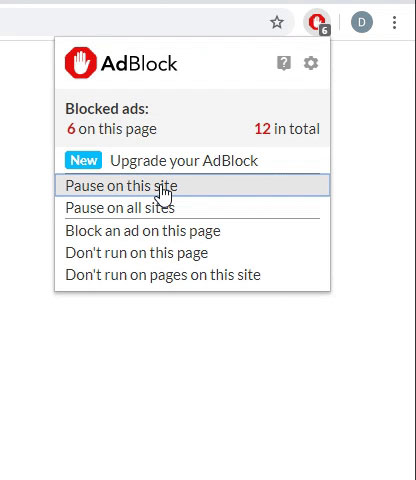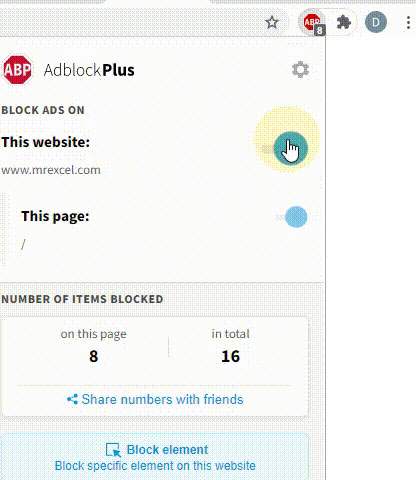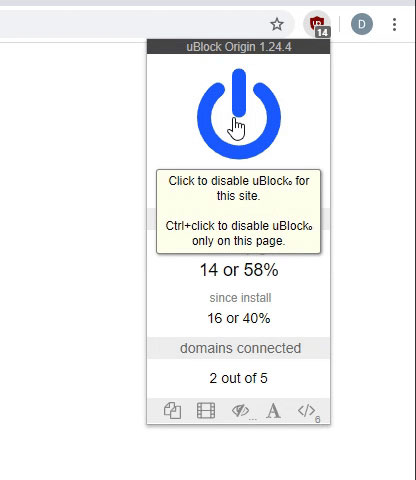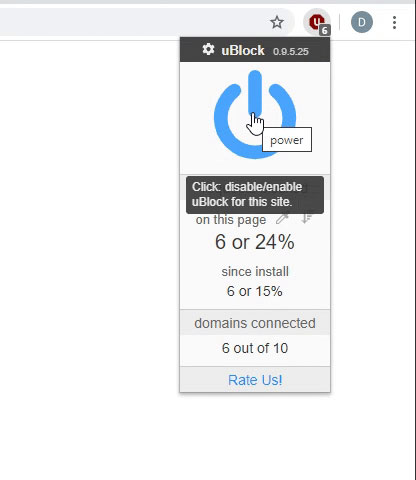WaterWorks
New Member
- Joined
- Feb 13, 2025
- Messages
- 8
- Office Version
- 365
- Platform
- Windows
Hi all,
Sorry if this question is has been asked repeatedly. I picked up Excel and Access after my coworker abruptly left and while I have done a decent job adapting, there is one error I can't manage to stamp out and it seems to grow every time I update the data base. The database is made up of different tables consisting of water quality data. I have tried formatting all tables as text and other tricks but the error count keeps growing. Its currently a little over 300 errors.
Sorry if this question is has been asked repeatedly. I picked up Excel and Access after my coworker abruptly left and while I have done a decent job adapting, there is one error I can't manage to stamp out and it seems to grow every time I update the data base. The database is made up of different tables consisting of water quality data. I have tried formatting all tables as text and other tricks but the error count keeps growing. Its currently a little over 300 errors.





